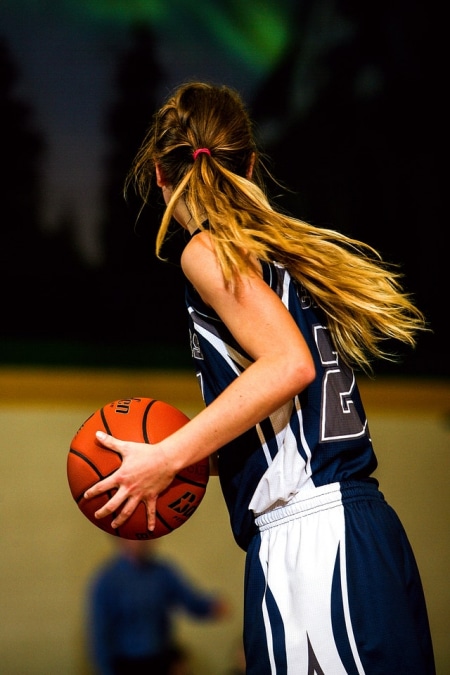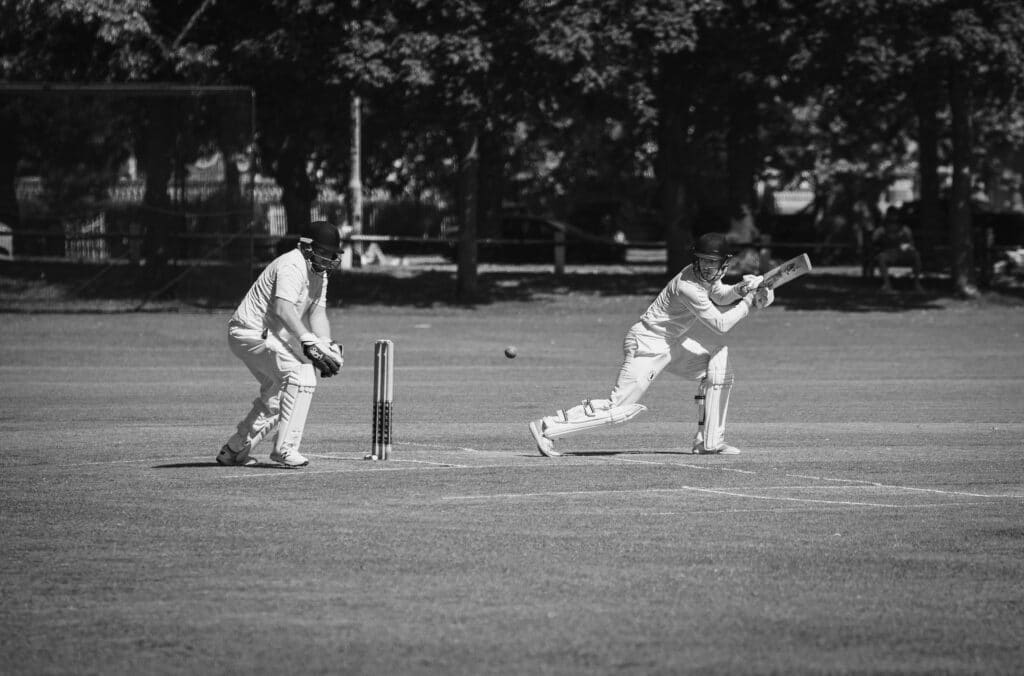What does all sport have in common?
What we’ll cover
What does all sport have in common?
Although injuries are never completely avoidable due to the physically demanding nature of sport, there are certainly ways to reduce the risk. Regardless of what sport you or your family is participating in, there are several sport specific movement patterns common in all sports. Our physiotherapist Sarah Yule breaks down these movement patterns and the role that each movement plays in preventing injury.
The importance of each of these specific skills is described in further detail below.
Jump/ land: Jumping and landing mechanics are a common requirement in many sports such as netball, football, basketball etc. and performing these skills correctly allows athletes to safely absorb more force through their muscles rather than their joints. Having the ability to land softly and well balanced ensures the muscles are absorbing most of the load and therefore reducing excessive loads through your joints. Furthermore, it is well evidenced that a valgus knee collapse pattern (knee moving inwards) upon landing is a risk factor for ACL injury and therefore teaching improved landing biomechanics can reduce this risk.
Acceleration/ deceleration: The skill of acceleration and deceleration is often overlooked as it is commonly assumed that everyone knows how to accelerate, decelerate and stop. Acceleration is a predominantly concentric muscle action and relies heavily on the strength of the quadriceps, gluteals and calves. Large forces are produced during acceleration movements and thus improving deceleration biomechanics are particularly important for reducing injury incidence. Studies show that by improving technique and practicing the art of slowing down, stopping and landing can reduce injury incidence by up to 80%. Deceleration technique is designed at reducing force, therefore placing less strain on the body and joints. Those who can decelerate quickly and efficiently are also seen to be faster and perform better on the sporting field.
Agility/ change of direction: Agility and change of direction are commonly viewed as the same thing, however there is one very distinct and important difference between them, with both being an important element of most sports. Change of direction refers to the pre-planned nature of directional change (for example, a netballer performing a dodge to evade their defender), whereas agility involves a reaction to an external stimulus and requiring an element of decision making (for example, a netball player defending and reacting to their opponents movements). Both agility and change of direction movements are shown to be one of the most common causes of non contact injuries with the ankle and knee being the most commonly injured areas. Improving both pre-planned and reactive change of direction movement control can help to reduce these injury risks.
Strength: Resistance training helps to strengthen both muscles and tendons and helps to stabilise our joints, therefore resulting in reduced risk of straining a muscle, developing a tendon injury or straining a ligament. Improving strength also plays a role in improving all of the aforementioned skills and assists in enhancing sporting performance. Furthermore, research has shown that implementing neuromuscular in combination with strength training at a young age shows the greatest promise in reducing ACL injuries.
How can physiotherapy help?
It is common knowledge that it takes more effort to change a learned bad technique than it is to teach and insist on proper technique. Physiotherapists are well placed to assess and teach the correct technique from the outset. It is crucial to learn these common movement patterns at a young age to assist in all future sporting endeavours.
At Malvern East Physiotherapy, we have developed our Family Fit program. Family Fit is a circuit based exercise program designed to enhance movement efficiency and prevent injury associated with the demands of playing sport. Each 40 minute exercise session is structured to specifically address common elements of sport required to assist in both injury risk reduction and enhanced performance. The main skills commonly utilised in sport and addressed in our family fit exercise sessions include jump and land technique, acceleration and deceleration, agility/change of direction as well as full body strengthening exercises.
To learn more about Family Fit or to book your assessment with your physiotherapist, book online or call us today.


